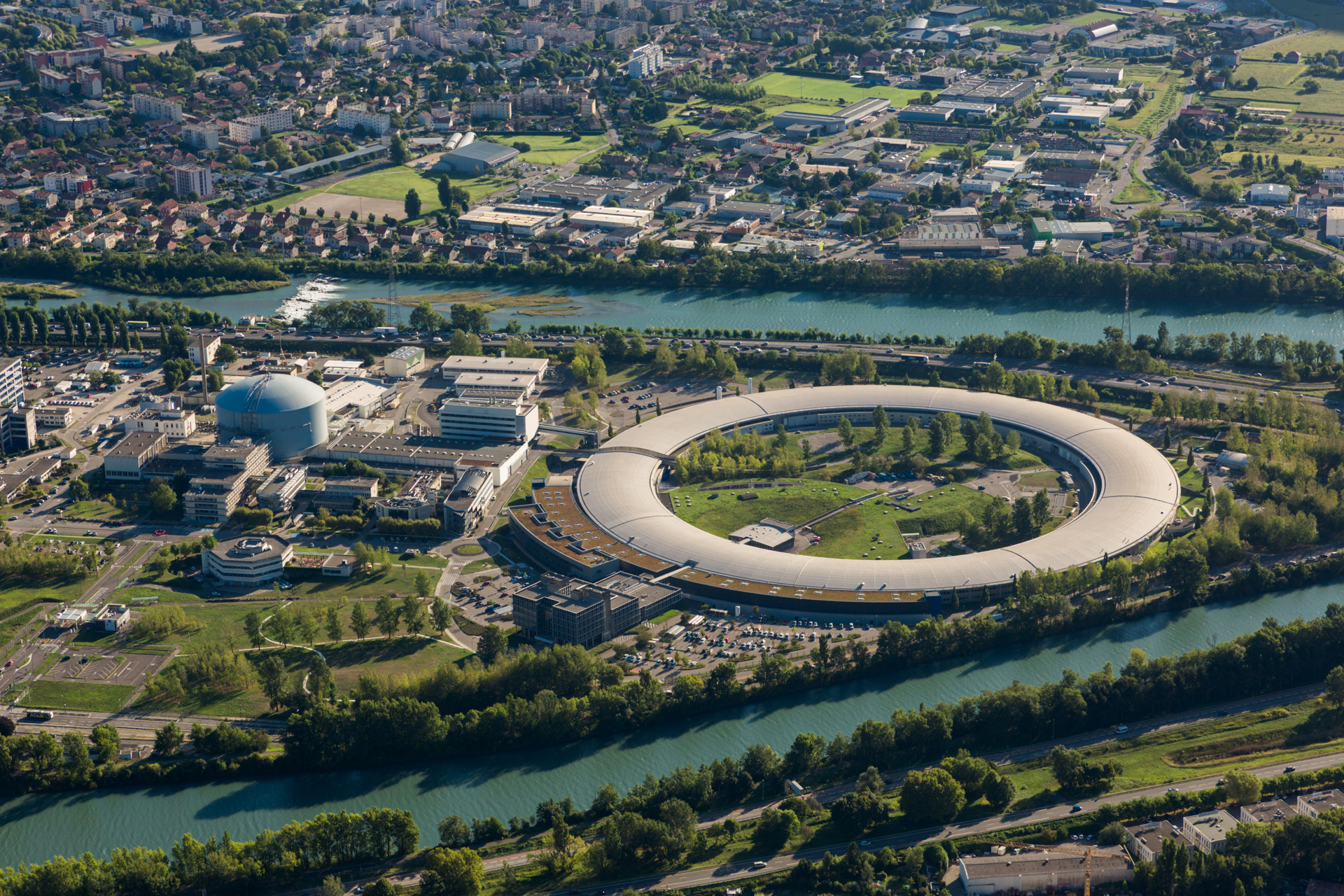Since a few years, ESO has developed the Garching remote access facility (G-RAF) in its headquarters in Garching, Germany. The use of G-RAF was accelerated during the covid-19 pandemic, and allowed the commissioning of two new instruments to proceed with remote help. Apart from reducing the carbon footprint and travel overhead, the advantages include that more team members can participate in the remote activities. During the covid-19 pandemic, the G-RAF facility's use was expanded, and allowed commissioning activities for several new instruments could be remotely completed, alleviating the impact of the travel restrictions. Most G-RAF users consider this option as a very useful complement to a site visit, especially for short missions less than 5 days. One recurring concern with remote work is the building of a team spirit.
The pandemic also required ESO to adapt the regular operations of the observatory. To optimally adapt to the variable weather conditions, ESO operates its observatories mostly in service mode, meaning that observatory staff executes previously prepared observing blocks on behalf of the astronomers who proposed the scientific observations. This mode of operations requires very detailed instructions obtained during a phase 2 submission of the observing proposal. These are then executed by the expert observatory staff who travel to the telescope from their duty station in Munich or Santiago, where they closely interact with the local telescope operators and engineers. During the pandemic, only a very limited amount of staff were allowed to travel to the telescopes. As an emergency solution, astronomer support was also done remotely from Europe. I will report on the experience with the Atacama Pathfinder EXperiment (APEX) telescope near San Pedro de Atacama, Chile. The positive effects were that observations could resume earlier thanks to the remote support, while reducing travel and carbon footprint. However, many negative effects of a unavoidably rushed implementation also became apparent. First, remote observing for prolonged periods of 8 hours per day for 14 consecutive days is far more demanding than on-site. Second, logistical issues for night-time and weekend observing from home are putting a lot of stress on work/life balance of the observers. Third, interaction with the observatory staff was incomplete, leading to technical issues going unnoticed, Forth, the internet connection to a very remote site was insufficient, creating latency problems; Fifth, training of new observers is much more complex and less motivating. Sixth, colleagues at the home station of the remote observers often do not realize that other tasks and meetings need to take lower priority during periods of remote observing, while this question hardly ever comes up while the observer is traveling.
The overall lesson learned is that if remote observing from another continent is to be developed more widely, this needs to be associated with a substantial logistical investment, including a reliable and fast internet connection, a full-scale control room with all monitoring screens, but also lodging and meal service at irregular working times. It is also important to plan team building events, by exchanging team members on both sites.

